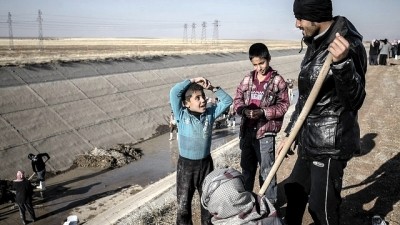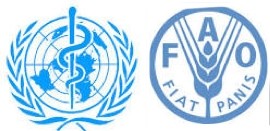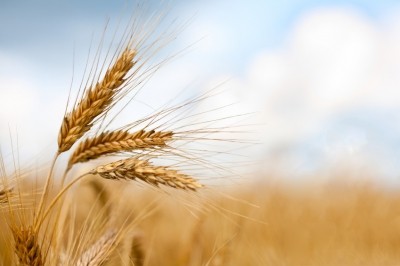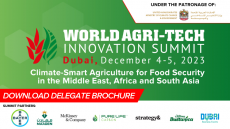Iraqi agriculture facing $38m shortfall
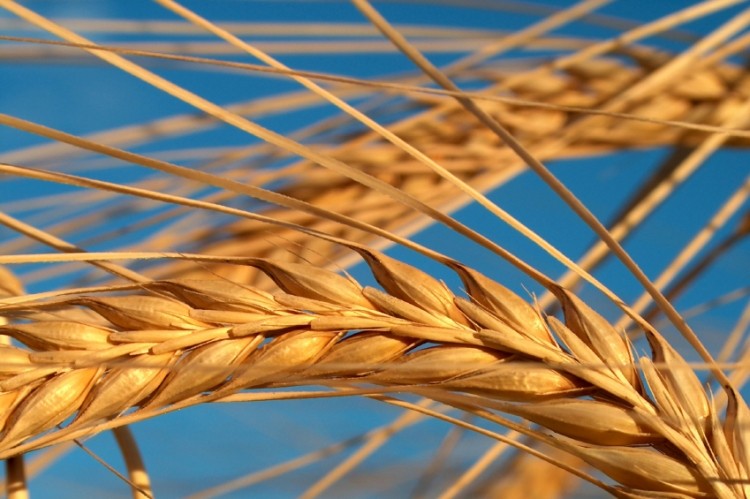
“If not addressed in time, this will translate into longer-term reliance on food aid and other forms of aid. Millions of vulnerable Iraqis are in dire need of help to restore their self-sufficiency and build resilience,” said Abdessalam Ould Ahmed, FAO assistant director-general and regional representative for the Near East and North Africa (NENA).
Aid arrives in Iraq
The FAO has begun distributing agricultural supplies including seeds and fertiliser to 20,000 Iraqi farmers, along with animal feed for 7,500 herders, earlier this month. But it says the required US$53.2m in funding to complete the project is only 28% complete.
“This is an important step, but the needs are immense and we are facing a US$38 million shortfall in terms of what is needed to prevent a further collapse of agriculture. Thousands more farmers still need assistance. Failure to provide that help in a timely manner will have major and lasting repercussions on the agriculture sector and the food security of millions of Iraqis,” said Fadel El Zubi, the FAO’s representative in Iraq.
Iraq’s agriculture has been thrown into chaos since the rise of militant group Islamic State (IS) earlier this year. The country’s main wheat-growing regions are in the north, the area most affected by the IS insurgency, and almost all of Iraq’s water resources flow through IS-controlled territory, according to the FAO.
War and drought
Last month Ould Ahmed said the NENA region will miss the UN Millennium Development goal to halve hunger by 2015. In contrast with the global trend towards falling hunger, NENA has seen hunger and malnutrition increase over the last decade, primarily as a result of regional conflicts as well as growing water scarcity, according to Ould Ahmed.
“Conflicts and civil insecurity are the main driving forces behind the recent deterioration of the food security situation in the region. ‘Armed conflicts are enemies of food security’ stated the World Food Summit 12 years ago. NENA has become the most conflict-prone region in the world. Out of the 22 countries composing the League of Arab States, 10 have witnessed at least one form of conflict – war, civil unrest, terrorism – over the recent years,” he wrote in a blog post for regional food security project Arab Spatial.
“Addressing the dual challenges of natural resource scarcity and conflicts in the region will require actions at global, regional and national levels to build effective and resilient food security and nutrition institutions and systems. It will also require a comprehensive reform of water management as well as increased regional collaboration and exchange of experiences and knowledge on the issues of lagging productivity growth; reducing exposure to market volatility; strengthening social protection of the poor and food insecure; and promoting diversification of healthy diet,” Ould Ahmed added.
